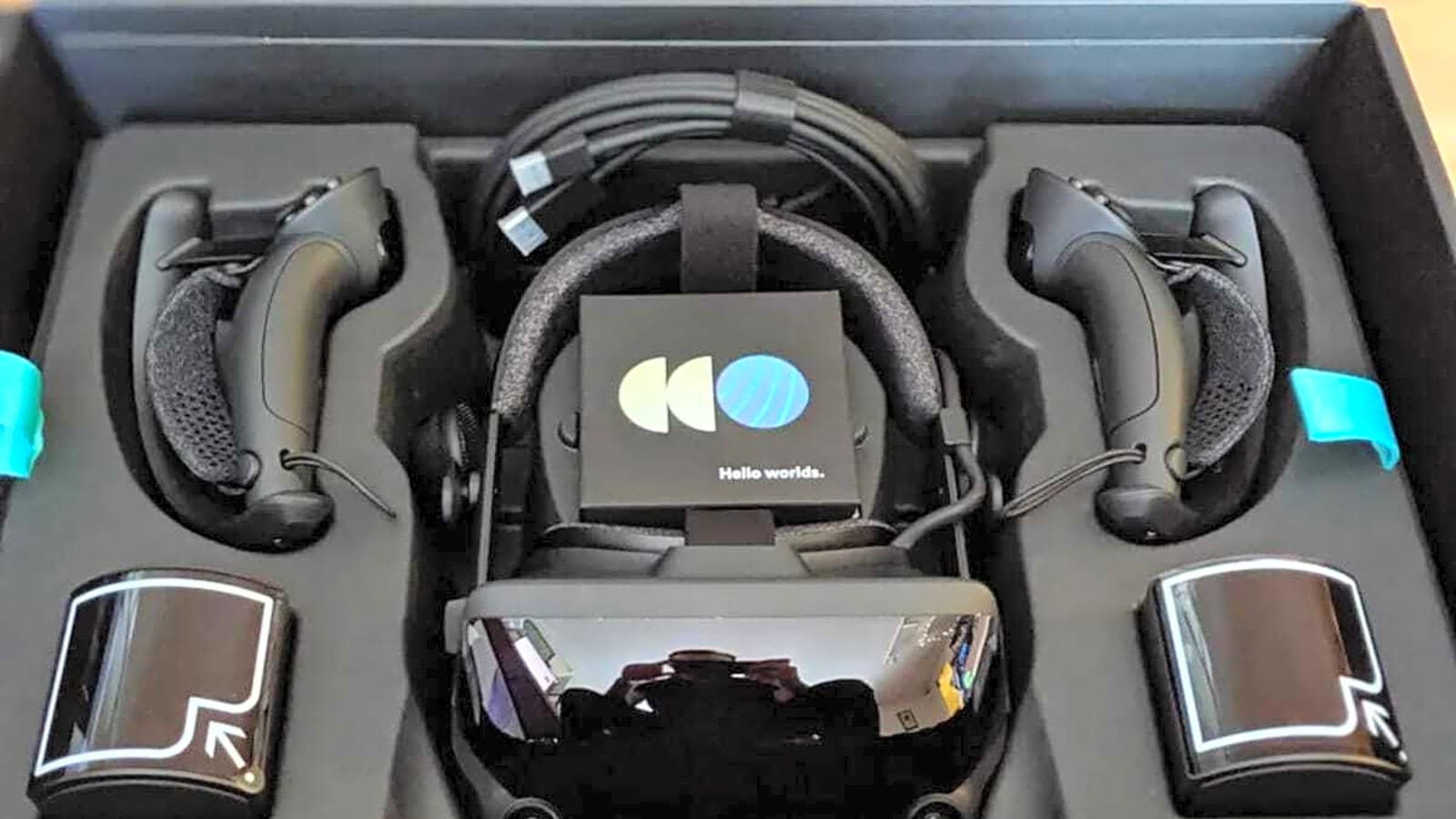
It looks like Valve might be ready to make some serious noise in the VR space again—and this time, they may be going wireless. The long-rumored standalone headset codenamed Deckard just got a fresh dose of credibility thanks to some leaked shipping manifests, and if they’re legit, we might not be too far from a full reveal.
Let’s break it down.
Shipping Leaks Aren’t Pretty—But They Matter
Valve has been importing equipment to manufacture VR headset facial interfaces inside the USA
The equipment is being provided by Teleray Group who also manufactured the gaskets for the Valve Index and HP G2 Omnicept pic.twitter.com/7iukcZhKz5
— SadlyItsDadley (@SadlyItsBradley) April 9, 2025
According to a new report from PC Gamer, Valve’s name has shown up on multiple shipping records tied to Teleray Group, a manufacturer best known for making gaskets for both the Index and the HP G2 Omnicept. What’s being shipped? Facial interfaces—a core component of modern VR headsets.
Even more interesting: these shipments are marked as coming into the United States, potentially for domestic production. That’s a major shift from outsourcing, and it might point toward Valve gearing up for local assembly or testing of a next-gen headset.
Is this confirmed Deckard gear? No. But it’s suspiciously aligned with previous leaks and insider reports.
A Standalone Valve Headset? Believe It

Unlike the Index, which is tethered to a high-end PC, this headset is rumored to be fully standalone. Think Meta Quest-style freedom but with Valve’s premium build quality and software integration.
This isn’t the first time we’ve heard about this new headset. The ever-present VR rumor mill has churned out:
- CAD drawings hinting at a sleeker headset
- Patent filings for wireless tech
- Internal SteamVR updates with Deckard references
None of it was definitive. But taken together? The pattern is clean: they are not done with VR. Not even close.
Can It Shake Up the VR Market Again?
Let’s be real. Valve helped redefine PC VR with the Index, but the headset’s high price and PC tether kept it from mainstream adoption. Meanwhile, Meta ran off with the standalone market.
This could be the answer. A wireless headset that brings the best of SteamVR, possibly even Half-Life: Alyx-level content support, without needing to be plugged into a gaming rig? That’s not just competition—it’s a full-on comeback.
But of course, this is all based on leaked paperwork and “credible” whispers. So before we declare this headset the second coming of PC VR, let’s remember: until Gabe Newell says it out loud, nothing’s official.
Final Thoughts: Hope, Hype, and a Lot of Questions
Right now, all signs point to Valve doing something. Whether that something is Deckard or just an R&D update we’ll never see, we don’t know. But the idea of a standalone SteamVR device, made in-house, with top-tier performance and a wireless future? Yeah, that’s the kind of leak worth watching.
So for now: stay tuned, stay skeptical, and maybe start saving—just in case.
More must-reads:
- Why Blue Jays should be willing to open checkbook for Kyle Tucker
- Clippers make shocking decision on Chris Paul
- The 'Most passing + rushing TD games in a season' quiz
Breaking News
Trending News
Customize Your Newsletter
 +
+
Get the latest news and rumors, customized to your favorite sports and teams. Emailed daily. Always free!








